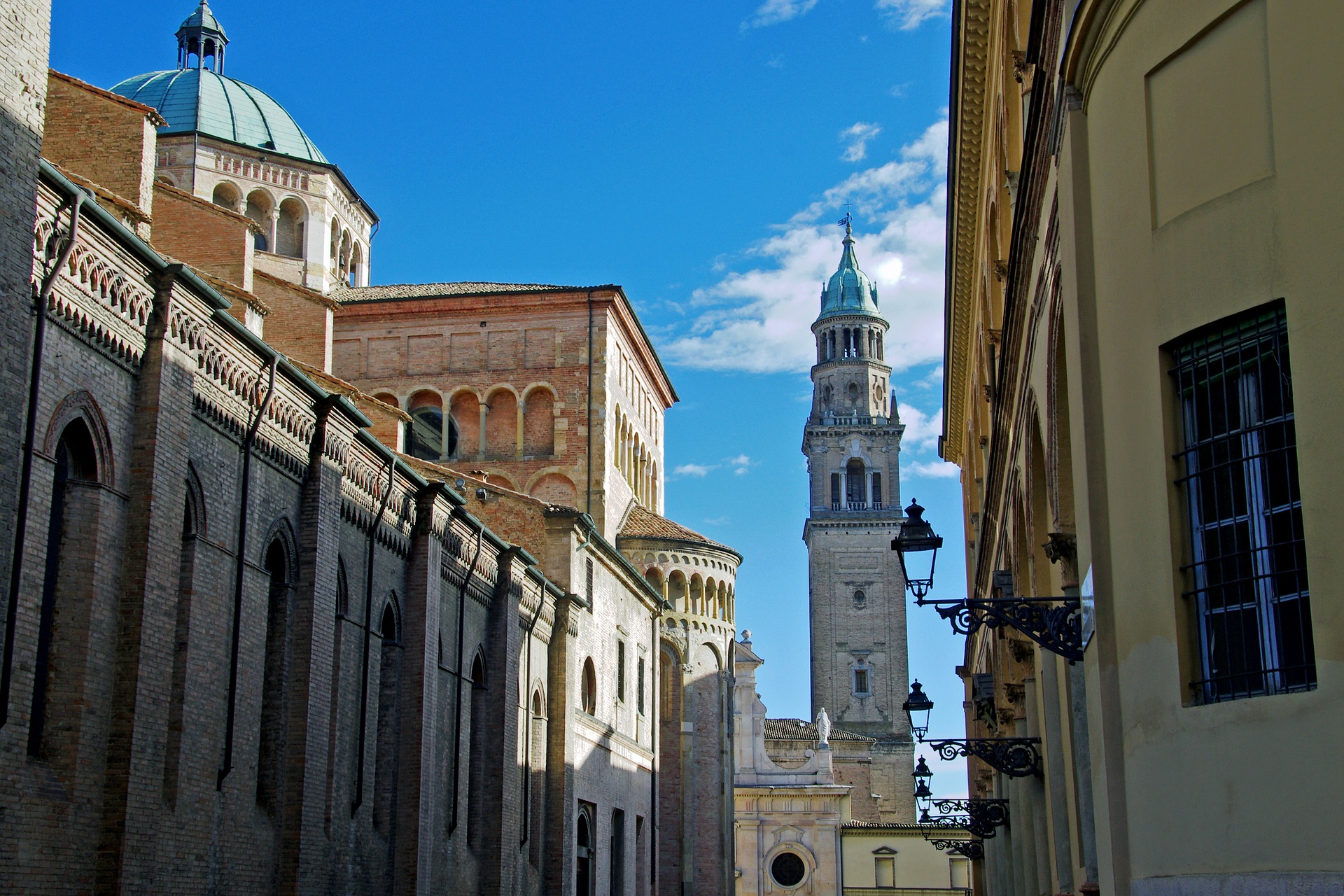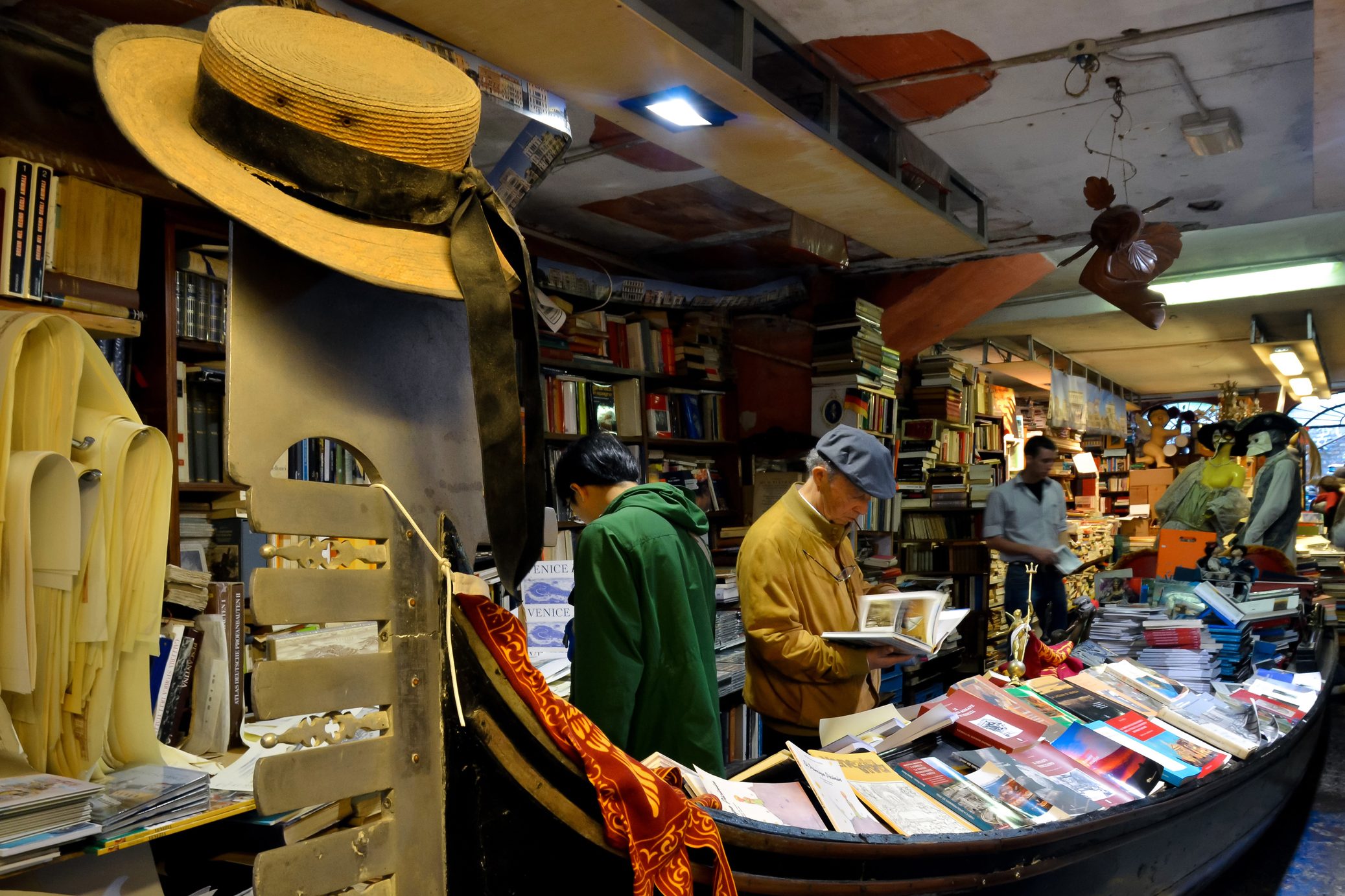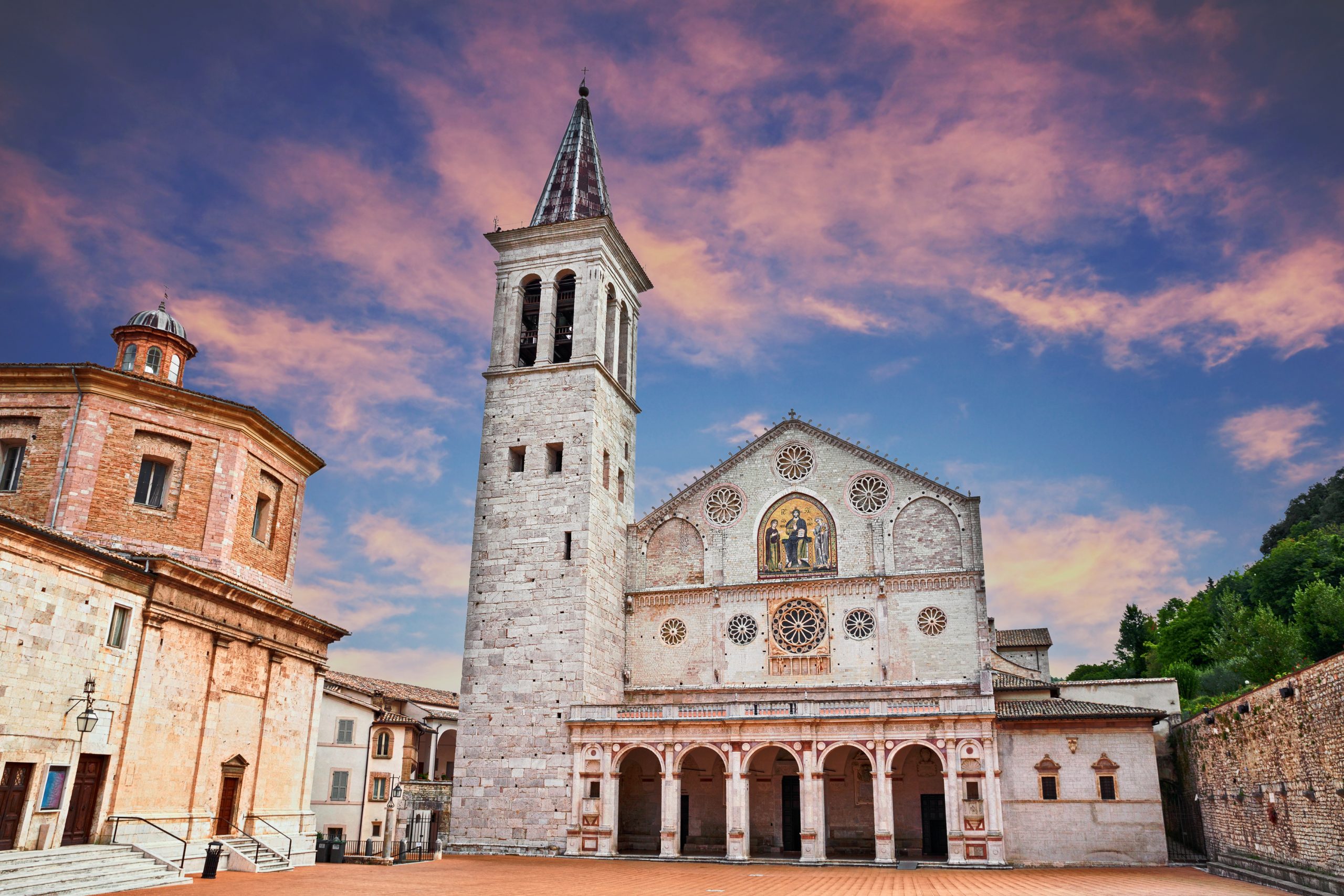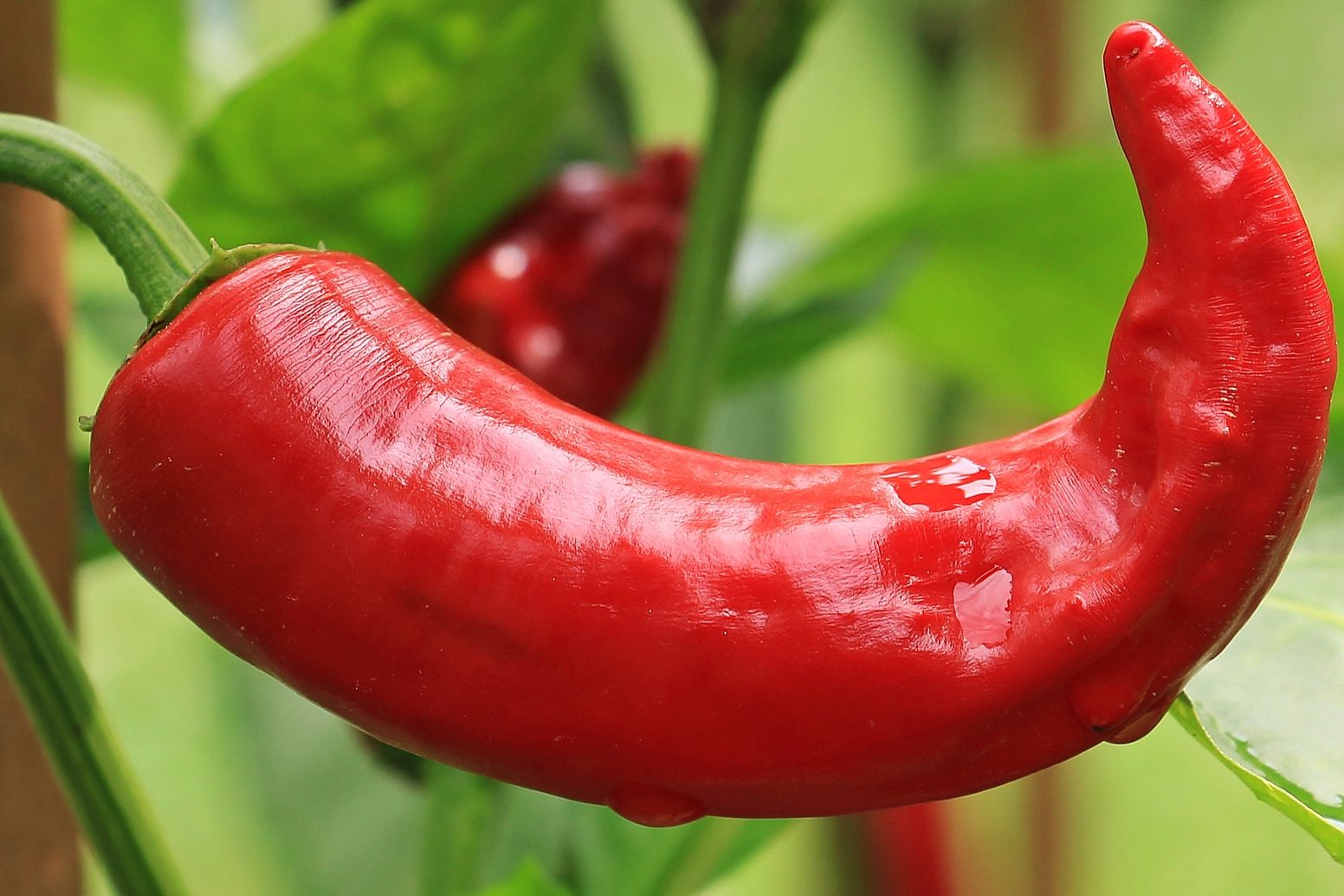Cobblestone streets, beautiful imperial buildings and a friendly, welcoming atmosphere: Parma is an elegant and refined city, rich of art, parks and museums, but at the same time it has a simple, down-to-earth charm that makes visitors immediately feel at home.
Located in Emilia Romagna, halfway between Bologna and Milano, it is a stone’s throw away from many popular destinations and should definitely be included in travel itineraries of those who plan to visit nearby cities in Northern Italy. Surrounded by a varied and beautiful landscape that stretches from the Po river to the Appenines’ crest, the countryside around Parma is dotted with small villages rich of history, castles, and medieval churches.
Lively and quaint, the city of Parma is extremely rich in history, art and culture. Throughout the centuries the town has been shaped, forged and painted by great masters and architects such as Benedetto Antelami and Antonio Allegri, better know as Correggio.
These amazing artists are responsible for some impressive religious buildings which have become Parma’s most recognizable trademarks: Antelami’s pink marble Baptistery and Correggio’s illusionistic frescoes, decorating the Cathedral, the Chamber of Saint Paul and Saint John Evangelist, along with Parmigianino’s masterpieces in the Church of St Mary of Steccata are all well worth a visit.
Other masterpieces by Parmigianino and Correggio are also hosted in the National Gallery in the Pilotta palace, also displaying paintings by Canova, Tiepolo and Leonardo da Vinci. (www.parmabeniartistici.beniculturali.it/galleria-nazionale-di-parma/en/)
The historical center of Parma, alongside historical buildings from centuries past, features also outstanding modern architecture designed by worldwide famous Renzo Piano: the Barilla factory and the Auditorium Paganini, a former sugar factory converted into a concert hall, are two great examples of his incredible work.
A very musical town, Parma offers an incredibly varied and interesting calendar of events in venues such as the brand new House of Music, the Birthplace and Museum of Arturo Toscanini and the Regio Theatre, opened in 1829 by Marie Louise of Austria, who used to be Duchess of Parma and is linked to one of the city’s most prosperous eras.
Yet Parma is not only the city itself: its surroundings are scattered with imposing castles built by local noble families between the 14th and the 15th centuries: some of the most famous are the Bardi Castle, Castle of Torrechiara, Rocca Sanvitale di Fontanellato and Reggia di Colorno. All of them are easily reachable from Parma and can be visited by both individuals and groups. For more info check out http://turismo. comune.parma.it/en
Parma, and the area surrounding it, are renowned for their rich gastronomy and for famous ingredients such as Parmigiano Reggiano, culatello di Zibello, salame Felino and prosciutto di Parma. To savor the area’s notorious cured meats stop by the Culatelleria, right outside town and get ready to enjoy a meal of salame, prosciutto, focaccia and good local wine. For more info: www.culatelleria.it.
For a slightly more refined experience stop by the Ristorante Angiol d’Or (www.angioldor.it) right behind the Duomo in the heart of Parma: the tortelli d’erbette -ravioli stuffed with baby spinach and dressed with heaps of melted butter and grated Parmesan- are exceptional, as are the rigatoni with crunchy prosciutto and pine nuts. For a sweet treat don’t miss Pasticceria Battistini, considered Parma’s best by both locals and visitors: indulge in a slice of cake or try a few flavors of macarons – there’s plenty to choose from.
Situated along the A1 Milan-Bologna higway and along the A15 Parma-La Spezia, Parma has two exits: “Parma Ovest” and “Parma”. Once you get out of the highway, you can park your car in the exchange parking North and reach the city centre by bus, as the downtown area is mostly pedestrian only it is better to leave the car in the outskirts and explore the center by foot.
The closest airports are Aeroporto Giuseppe Verdi, only 5 km away from the city, and the International Airport of Bologna, about one hour away. The Parma railway station links the city center to the main Italian towns, such as Milano, Venice, Rome and Bologna, and to the most important European cities.





























